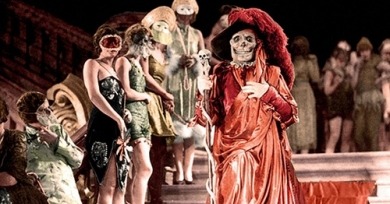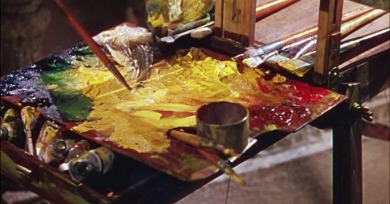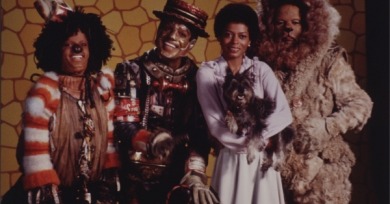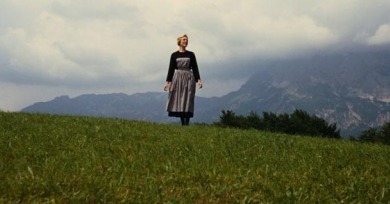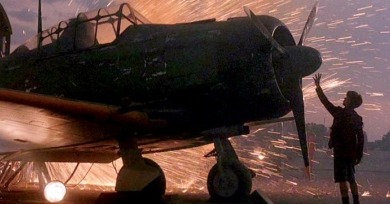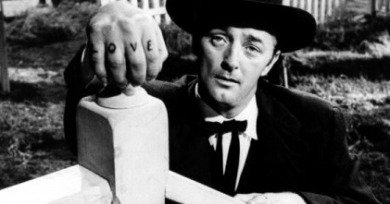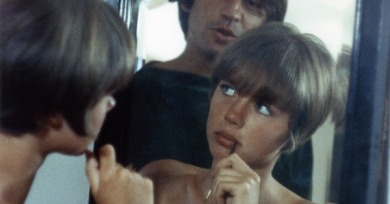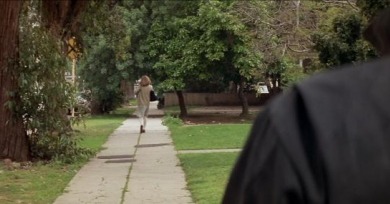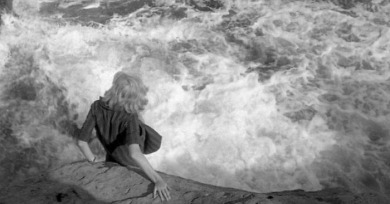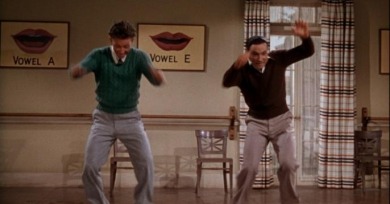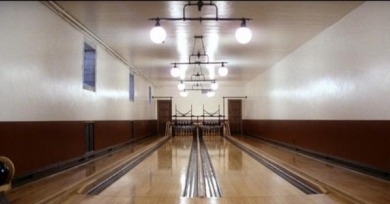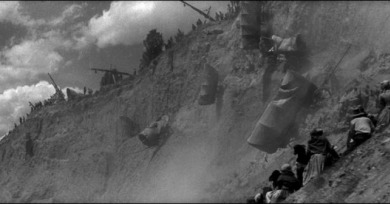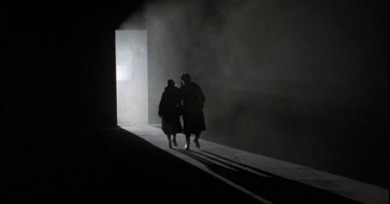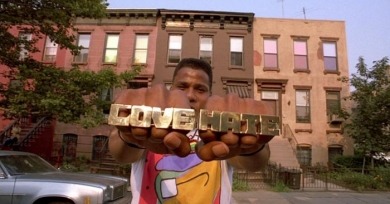See It Big
Articles written on films showing in the Museum of the Moving Image's SEE IT BIG series, co-programmed by Reverse Shot editors Michael Koresky and Jeff Reichert
Later adaptations such as the musical version with Claude Rains and of course, the Andrew Lloyd Webber stage behemoth, tried to harness this sympathetic dimension overtly, but ended up playing down the horror. This is not something Chaney’s Phantom will ever be accused of.
With Vincente Minnelli, the idea of cinema as painting is not merely a description but a totalizing force and a thematic preoccupation.
Scorsese and Lumet, making the first and only movie musicals of their respective careers, would use the genre as a lens through which to present lively, fantastical, and critical takes on the city both men called home.
For those weaned on the cropped and cluttered television version of The Sound of Music, the widescreen view on film, in its full form, is like a breeze of crisp Alpine air.
Spielberg’s most naturalistic, emotionally penetrating work was made in the 1980s with cinematographer Allen Daviau, who shoots with a devotional warmth rarely seen in films as scrupulously designed as Spielberg’s.
Stanley Cortez’s cinematography is the glow of unbalance and neurosis, of fissures widening across psyches.
The four films that Eric Rohmer made with cinematographer Nestor Almendros between 1967 and 1972 are the major works of the director’s Six Moral Tales.
Reinstating Halloween from the nation’s living rooms to the big screen where it really belongs, gives audiences a clearer look at what makes a consummate frightener.
Coming to Michelangelo Antonioni’s L’avventura today means having to strip away a great many preconceptions.
For a film so widely beloved, Singin’ in the Rain is truly mischievous, the ultimate expression of a genre that is more about spirit than cause-and-effect narrative relations.
In addition to being the most visually striking of Anderson’s six movies to date, There Will Be Blood might be the most visually striking American feature of the last decade. Or two, or three.
Studio head William Fox bet the farm on The Big Trail. It was one of only a handful of features shot on 70mm Grandeur film, a.k.a. Fox Grandeur, an early widescreen process which had only been in use for about a year.
The 1980s were rife with cinematic Trojan horses that proved more troubling and complex than their packaging, or pop cultural context, would indicate.
Within the strict temporal and location confines of Do the Right Thing lies a work concerned with tackling the biggest of American themes—race relations, ambition, urban survival, economics, violence, and liberty—on a microcosmic scale.
